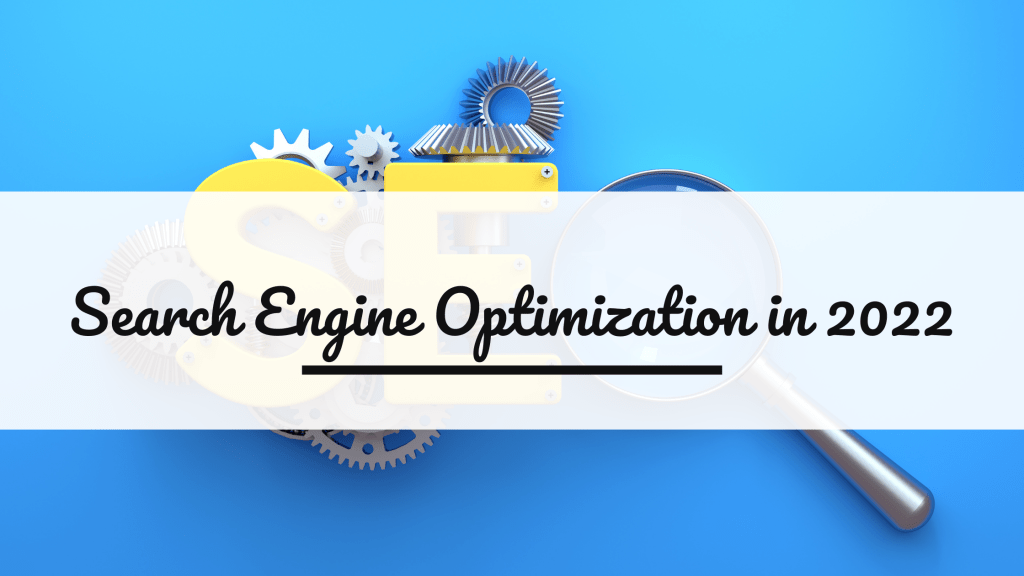
Understanding Google’s Algorithm
Google’s latest algorithm is known as Multitask Unified Model (MUM), which is supposed to be one thousand times more powerful than its predecessor. Google will track a page experience in three different ways.
First, they look at the engagement and interactivity of the site. Google will measure how interactive your website is, and how responsive users are with those options (buttons, links, etc.).
The higher that ratio is, the better your site will perform in search engine results pages. Google wants users to interact and become engaged with the content that they take in, not just land and bounce after consuming a brief piece of content.
Site loading times get tracked. If a site’s loading times are high for a large number of users, that site is less likely to do well with Google’s algorithm. This is a key factor that they are constantly checking when the algorithm determines what order the results should appear in for specific queries.
Visuals play a role. This part detects any bugs or instabilities in the functions of your website. Google wants to present valid and credible sites to users that are not likely to be unsafe or crash.
Apart from those things being tracked constantly, there are other factors the Google’s algorithm MUM will be looking for, like gaps in research. Google is looking for new ideas and information to fill in the gaps.
With MUM, the goal is to make the search experience more of a conversation with an expert, rather than sites being made available to you. Content that presents answers to people’s queries will be essential to bring more traffic to your page.
Access on all devices is paramount. As more and more people do their research on mobile phones, accessibility across all devices is necessary. Your website should look flattering and organized on any device used to view it.
The goal is to optimize your content for mobile viewing, since that is the growing trend, and it’s predicted that people will only use their phones for research more over time. So make sure any themes or design you use is mobile-friendly and that it also works on all browsers.
Quality content is important. Although this may seem self-explanatory, it is extremely important. Your website should have all of your updated information for your business – including hours, contact information, frequently asked questions, and locations.
Your videos and photos should be as high quality as possible, and your written content should be grammatically flawless and easy to understand. It can be conversational in nature, but shouldn’t be filled with glaring typos and spelling errors.

